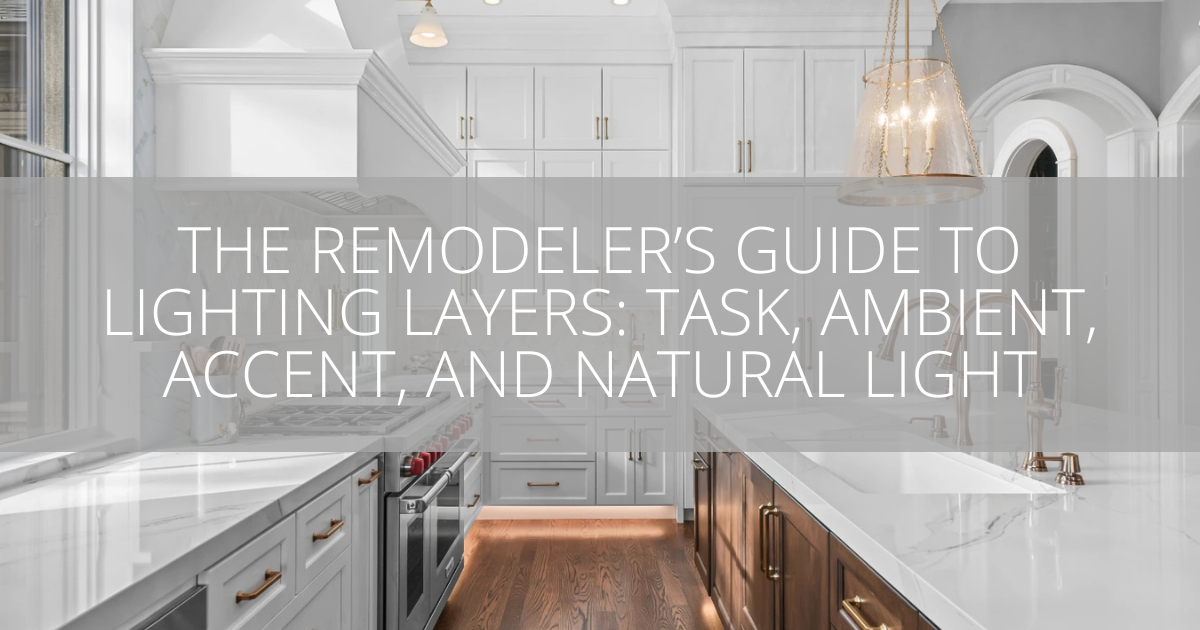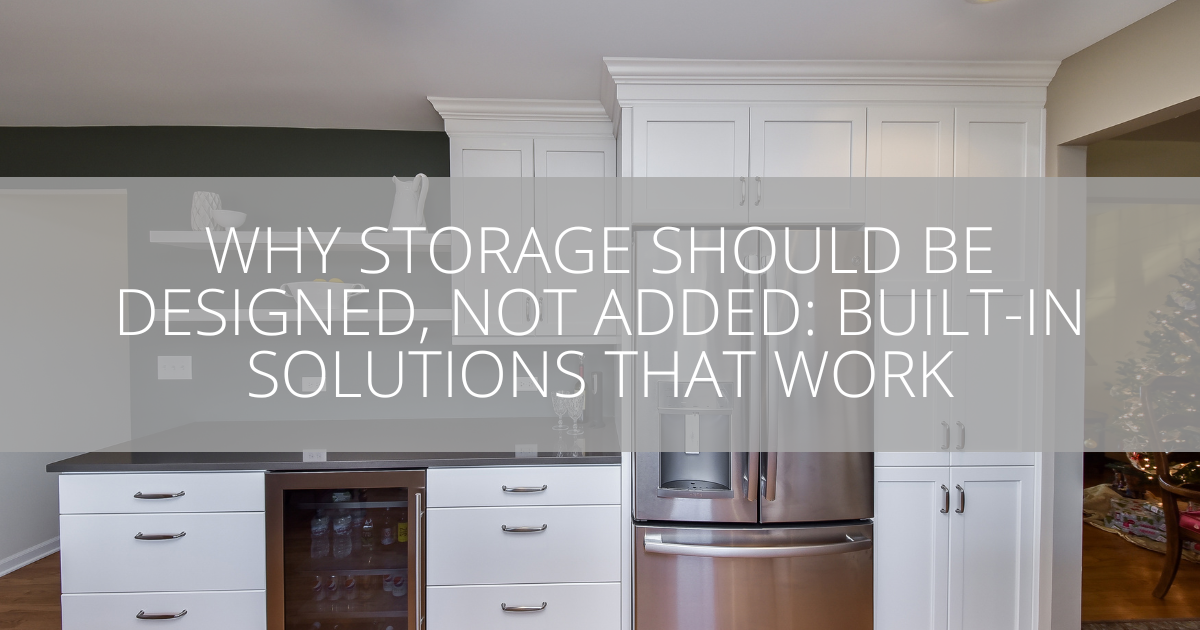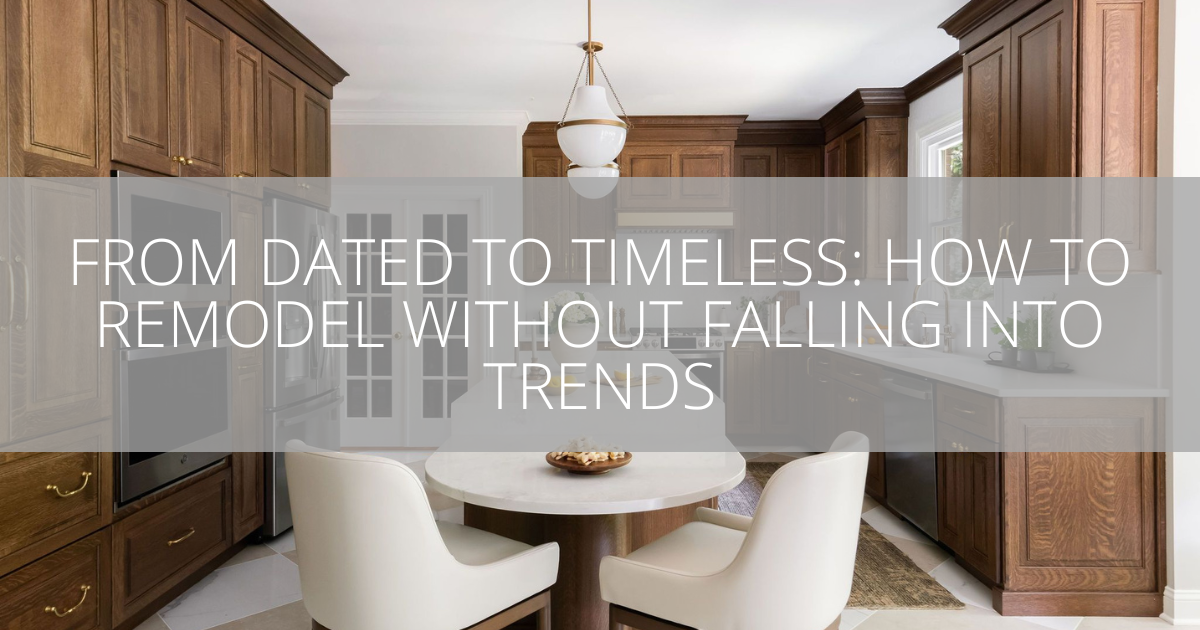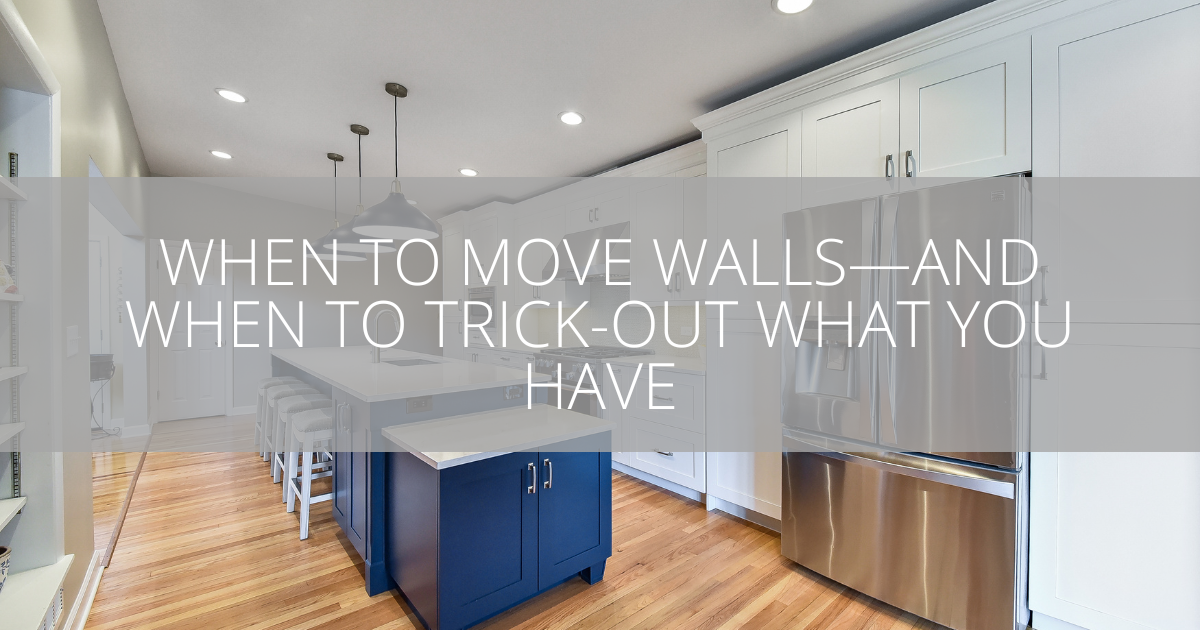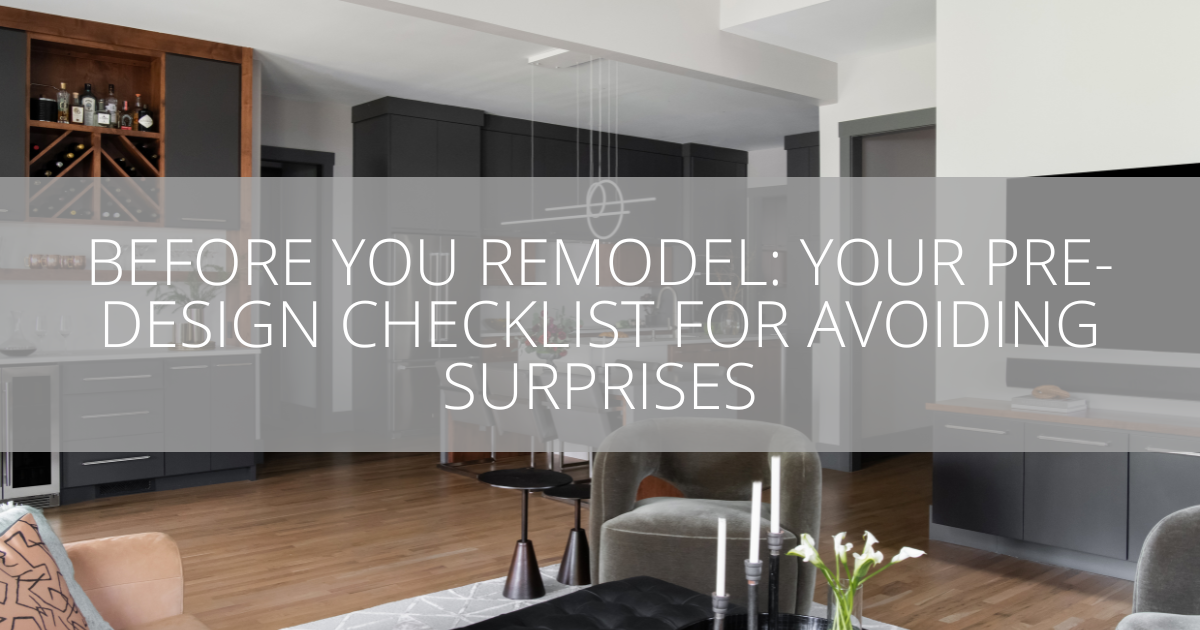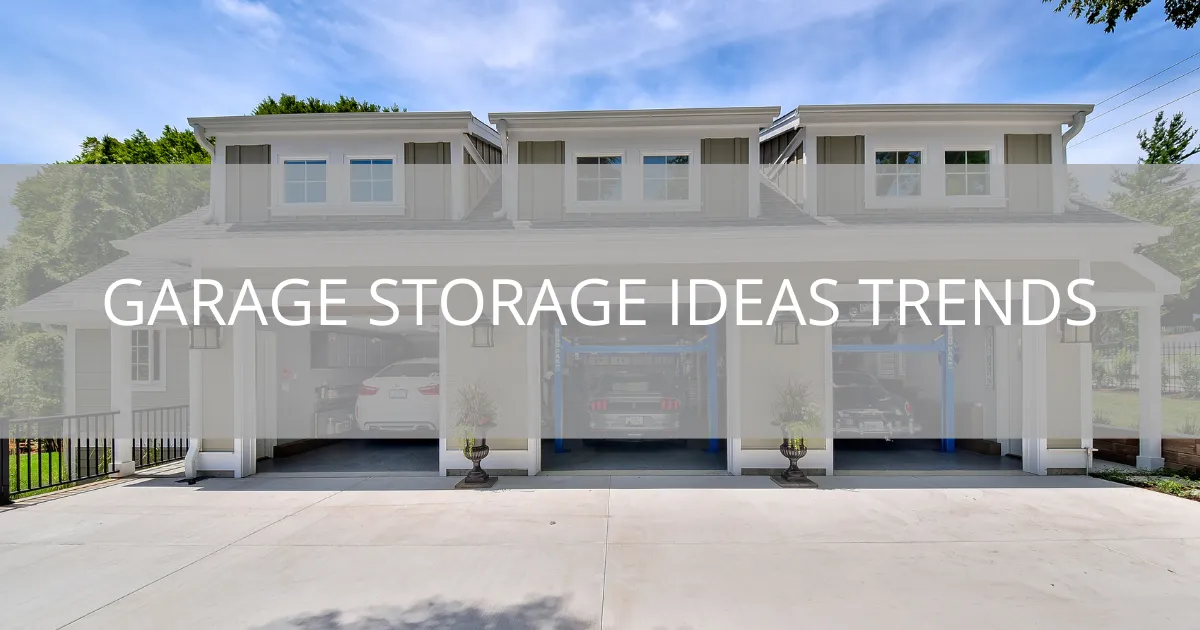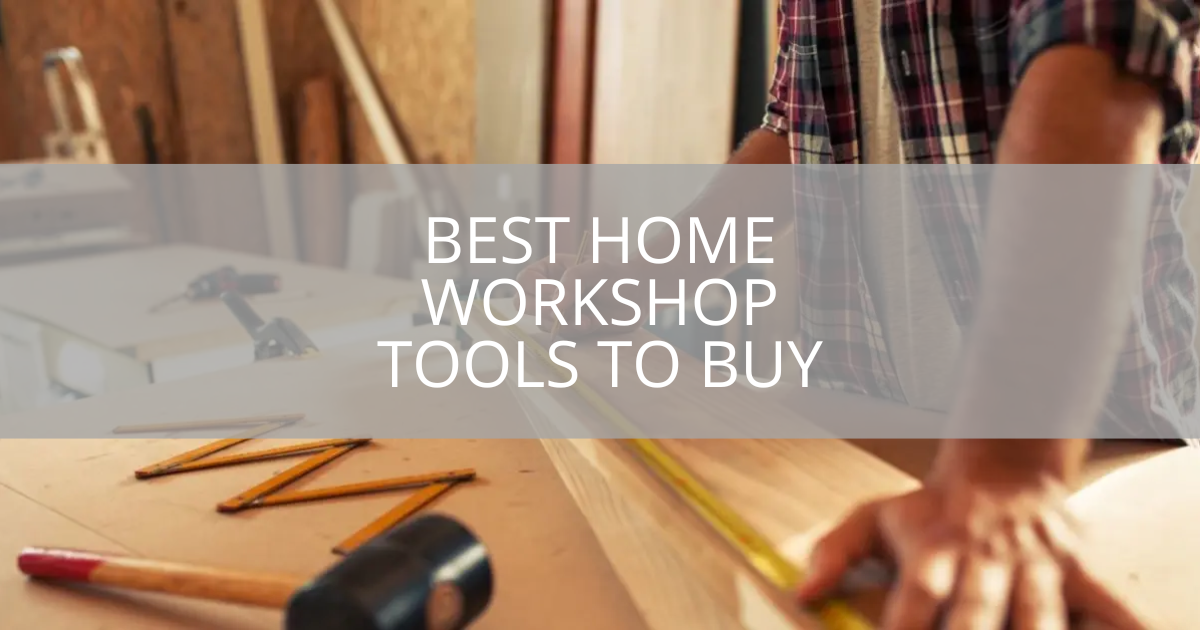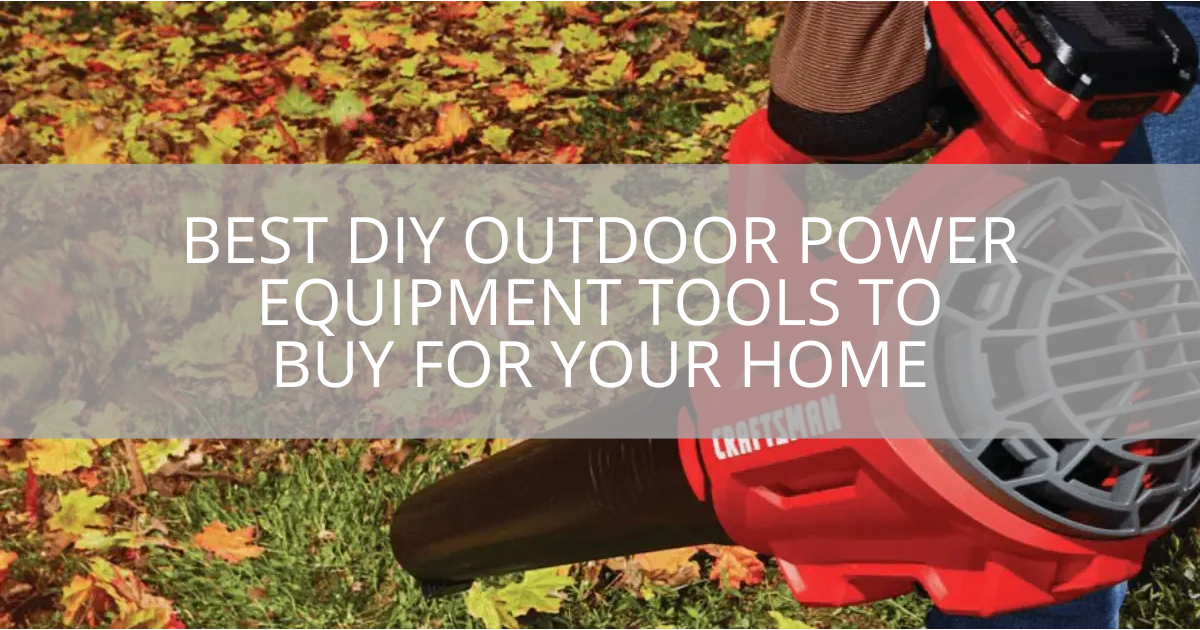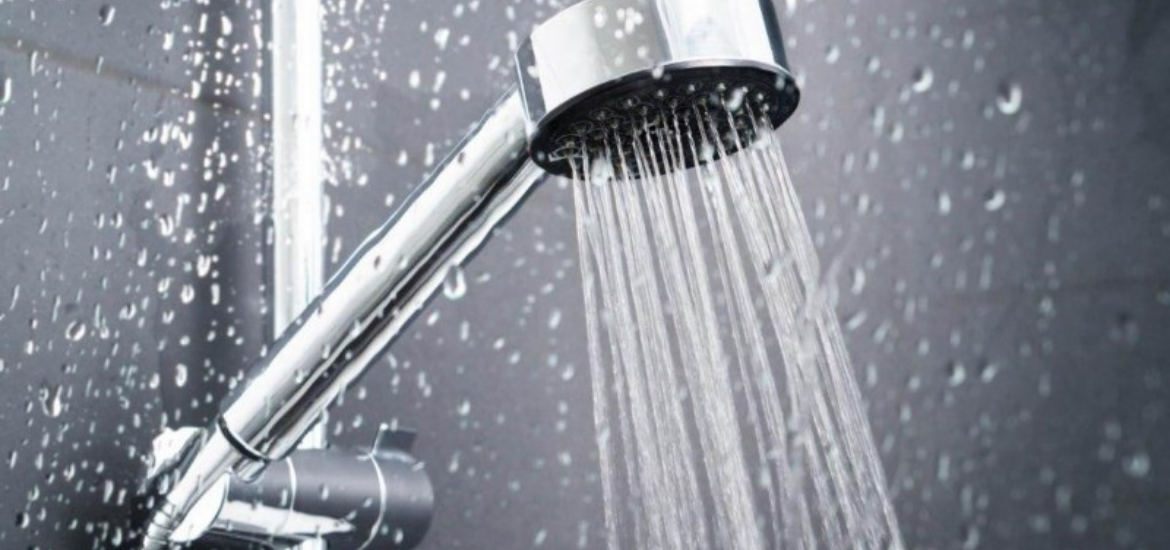
Featured Image: CBS News
It’s easy to take a good shower for granted. The jets of steaming hot water feel like a lifesaver after a stressful day at work. But there’s no satisfaction when the shower’s giving out a sad trickle of water.
Low shower water pressure is especially common in older homes, yet it can also be found in many newer properties. And when it’s a problem that affects daily showering, dishwashing, laundry trips and more, you realise just how great high water pressure truly is.
There are some quick fixes and long term solutions for low shower water pressure. But it’s helpful to fully understand just what the causes are so you can achieve the perfect outcome. To help you out, we’ll run through everything you need to know about water pressure and finish up by outlining seven ways you can increase low shower water pressure.
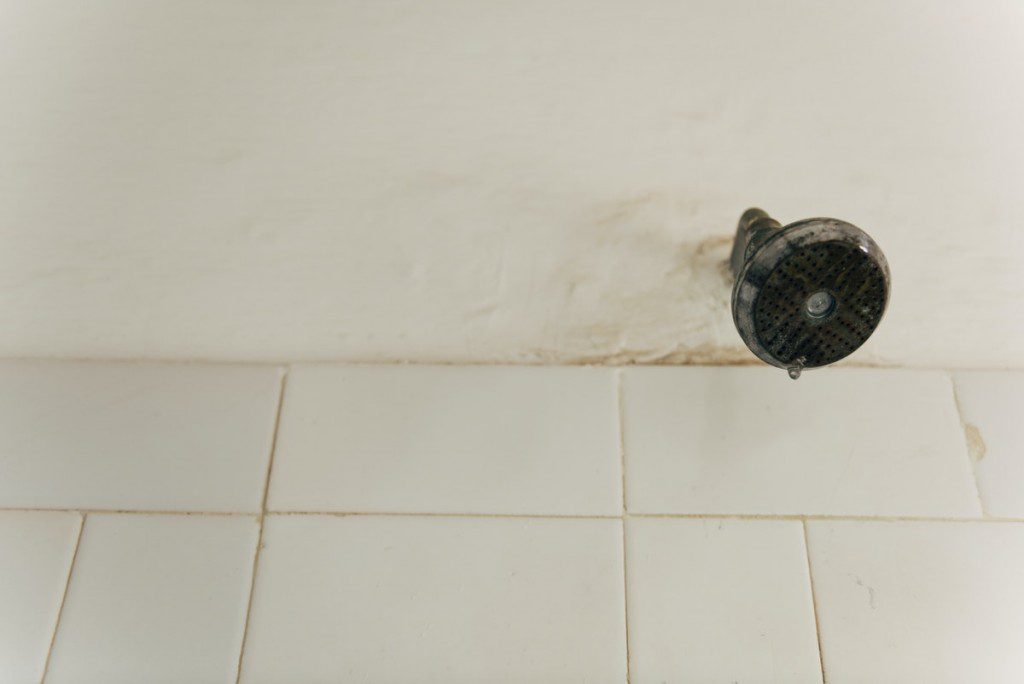
The Causes Of Low Water Pressure
Low water pressure might not seem like a big deal, until it negatively impacts your home and daily routine. Everyday tasks become that much more difficult because everything takes longer to complete. Sure, your day won’t grind to a halt but it feels like it has.
Filling up the kitchen sink takes longer while the washing machine and dishwasher lack impact and efficiency. Dirty plates and utensils need to be cleaned again and again. And let’s not start on the shower that dribbles out with no force.
Before talking about the solutions, let’s take a look at the causes of low water pressure. The steps you take to achieve a perfect shower depend entirely on what’s gone wrong.
The main reasons for low water pressure include:
- blocked pipes
- damaged or aged plumbing
- closed valves
- broken pressure regulators
- faulty tapware and fixtures
- an inability to keep up with high water demand
- filtered water adapters can get clogged
In most cases, the solution is relatively straightforward. For example, if you have a large family of five and multiple people are using water at the same time, the shower pressure could be impacted. One quick fix would be to manage water usage so there’s minimal overlap. However, there’s a chance that low shower water pressure is caused by one of the other above issues. And that’s when professional repairs are needed, and you should contact licensed, local plumbers for assistance.
In addition to understanding what you can do to increase water pressure, know that there is a limit.
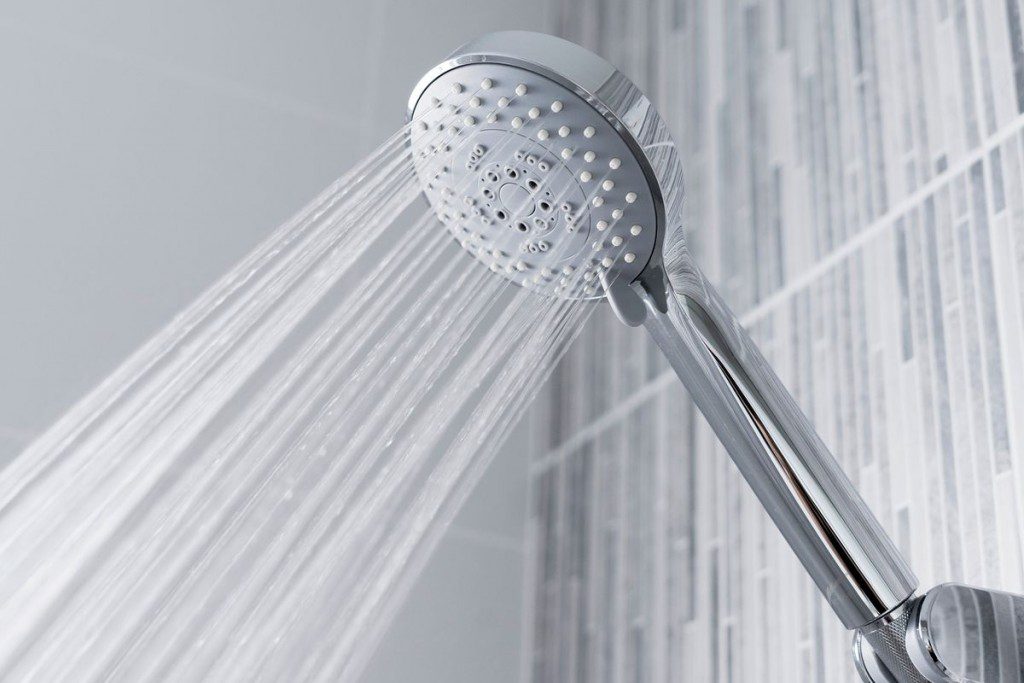
Water Pressure Regulations
Although it might feel like the ultimate goal is incredibly high water pressure for mind-numbing showers, too much pressure is a bad thing.
Across the globe there are various regulations. In the USA, former President Donald Trump announced new rules during his tenure which loosened water regulations on showerheads. The change reversed a previous ruling that dictated 2.5 gallons of water per minute could flow from a showerhead. Trump altered it to 2.5 gallons per minute for each individual nozzle on a showerhead.
In terms of water pressure itself, however, the residential range should ideally be around 45-55 pounds per square inch (psi). However, it’s common to find a ceiling of 80 psi in many homes, or some at the 30-40 psi mark.
In comparison, Australian national standards state that a building’s water pressure at any outlet should never exceed 500 kilopascals (kPa). Unfortunately, many old homes are unregulated and there are definitely households where 500 kPa is exceeded. This is a recurring theme as many properties were built and designed without modern plumbing regulations in mind.
Negative outcomes include continually leaking taps or running toilets, water hammer (noisy pipes) and damaged tapware. Higher than average water pressure will often cost you in the long run, literally.
If you’re ever in doubt about the health of your plumbing it’s always beneficial to call in a local plumber. Their assessment will assist in understanding the best steps to take. Still, there are some things you can do on your own to improve a low flow shower. Depending on what you hope to achieve, here are 7 tips for increasing low shower water pressure.
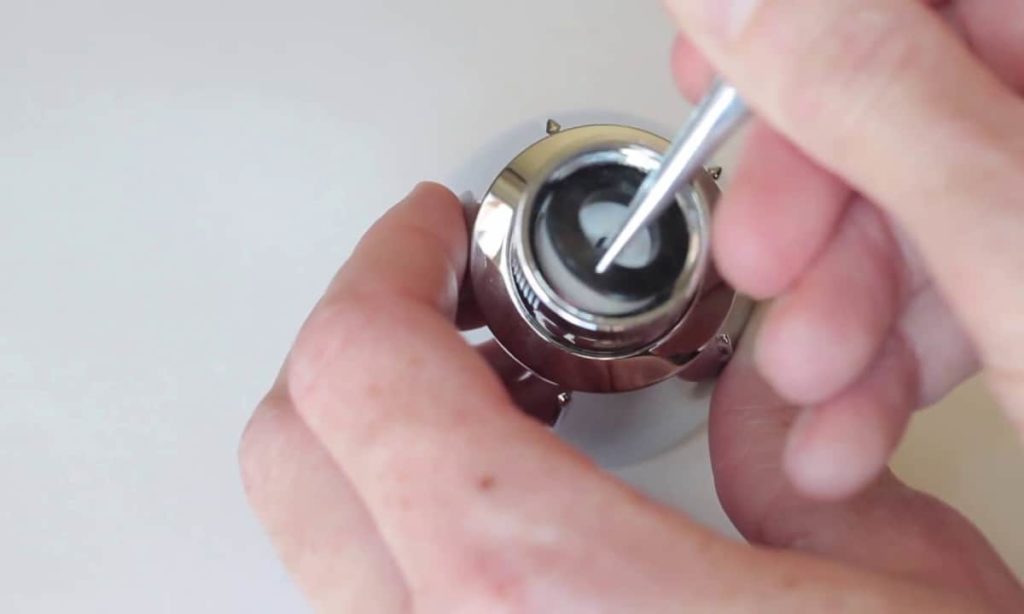
7 Tips To Increase Your Low Shower Water Pressure
1. Clean the Showerhead
Tired of slow trickling showers where water sprays in every direction, or streams of inconsistent water? Clean the showerhead! It’s a surprisingly simple solution, especially if your water pressure is actually in the acceptable range.
Sediment and limescale builds up over time within a showerhead, it’s all a natural process. The side effect is that shower nozzle is impeded and water flow restricted. Now it could be as simple as buying a replacement showerhead, but some handy products around the home could save everyone time.
Some showerheads can be screwed open, allowing you to scrub the inside with a toothbrush and some bicarb/vinegar solution. Chemical cleaners from the supermarket are also acceptable. Another simple way to clean the shower is by soaking the showerhead in a bowl full of vinegar, or even tying a zip lock bag around it. If you leave it overnight the vinegar breaks down limescale and mineral composite, leaving you with a showerhead that’s just like new. And hopefully, also with a steady shower once again!
2. Remove the Flow Restrictor
One of the common parts of a showerhead is the flow restrictor. The flow restrictor ensures that an appropriate amount of water is used, such as the aforementioned 2.5 gallons. Without a flow restrictor, showerheads can release 5 or more gallons of water per minute. So, if you are struggling to enjoy quality pressure in the shower, removing the flow restrictor may be the best decision. If you are confident in taking apart some tapware, you’ll be looking for a star or cross-shaped plastic ring. All you need to do is:
- Disconnect the showerhead from the arm, which may require a wrench.
- Remove the mesh screen inside the showerhead.
- Remove the o-ring, which will need to be replaced afterwards.
- Pry out the flow restrictor.
- Replace the o-ring, shower screen and reattach the showerhead.
Now, after removing the flow restrictor you can enjoy more water and more pressure… right?
Not necessarily. Water flow does not always equate to water pressure. That’s why removing a flow restrictor may not solve the problem. Instead, you’re wasting water when an alternative low flow showerhead could help. Or the problem may lie elsewhere. That’s why it’s best to not tackle any DIY plumbing on the shower unless you know the full situation. Still, it could be an option worth trying if you’re looking for a quick solution.
3. Ensure All Valves Are Fully Open
Whether it’s from past work or some other random occurrence, there are certain valves which may not be fully open and functional. They’ll limit the water flow through your pipes and into the shower.
First, there’s the main water supply shut-off valve. Although the location can vary, typically the main shut-off valve for your home’s water supply is located in the basement or garage where the mains system enters the house. Some valves will have a red lever for ease of use. All you need to do is make sure it’s fully open and not limiting the amount of water entering the premises.
Second, there’s a shut-off valve on the water heater. Low hot water pressure is often caused by an issue with the hot water system. One simple issue could be the shut-off valve limiting the heater’s flow. Make sure this is fully open. If not, a full water heater service may be required to uncover any hot water low flow issues.
4. Inspect And Repair Water Leaks
If your water pressure has plummeted suddenly, leaking pipes are to blame. A leak of any size drastically impacts the force of water flowing through plumbing systems. Not only that, but a burst pipe or leaking pipe is going to damage your home, sooner or later.
It’s often difficult to diagnose a leaking pipe as they’re hidden behind walls, under the floor, or even in the ceiling. Meanwhile, outdoor leaks may or may not be noticeable due to small puddles of water or damp spots when there should not be any water.
If you ever suspect a burst pipe the best decision is to contact a local plumber. Professional leak detection services will narrow down the problem and provide you with a clear solution. This most likely includes replacing and repairing pipes, rather than a temporary patch job. And with new pipes in place you can enjoy stronger showers again.
5. Perform A Hot Water System Service
Complex residential plumbing is always at risk of hot water issues, especially in apartments. Often your low flow shower woes could be limited to hot water, more specifically than cold. One potential cause of concern is sediment inside of a storage tank hot water system. Sediment, or hard water build-up blocks the flow and can lead to low hot water pressure. Minerals like calcium, magnesium, sodium and potassium can reach high levels which block the flow of water and decrease shower quality.
If there is sediment or debris inside your water heater system then one solution would be to flush the entire boiler tank. However, it’s a job best done by a licensed plumber. Flushing your own hot water tank is a messy and potentially havoc-wreaking job. Any misstep could leave you flooded and without hot water.
And as mentioned previously, other potential causes of poor hot water pressure include broken or damaged shut-off valves and damaged pipework. Replacement and repairs are always the best fix when the water heater itself is in a sorry state of disrepair.
6. Buy A Low Flow Showerhead
Among the range of quick fixes and easy DIY solutions is a low flow showerhead. Changing your showerhead is an affordable way to maximise the most of what you have. They are designed to cope and cater for poor water pressure, internally adding to the force the water is released with. That means you don’t have to worry about a slow trickle, but instead can enjoy strong jets.
The best shower heads for low water pressure are typically those with versatile settings, rather than standard ones with no functions. You can enjoy the ability to utilise spray patterns, water volume and range, getting the most out of weaker water pressure as a result. Positive water ratings also ensure that even with less water per minute, there is still intense pressure and comfort.
You’ll save money and water as a result. Handheld showerheads are some of the best for low water pressure as you can also bring the nozzle closer and everyone can enjoy the perks.
7. Install A Shower Pump
Shower pumps are a common addition to many homes with poor shower pressure. They’re a non-invasive way to increase water pressure, creating a far more enjoyable and comfortable experience. Pumps also assist in reducing the amount of water used, making the most of the saying less is more.
There are two main types of pumps. One is a positive head shower pump which pushes the water through the pipes with an impeller, a type of fan motor which increases water speed. The other type is a negative head pump that pressurizes water within a pipe so it is ready to surge through the showerhead when you turn it on. Other specifics include single or double impeller shower pumps, plus regenerative or centrifugal pumps. Given the wide range on offer, and the need for correct installation, it’s best to contact a plumber here if you’re interested in buying a shower pump.

